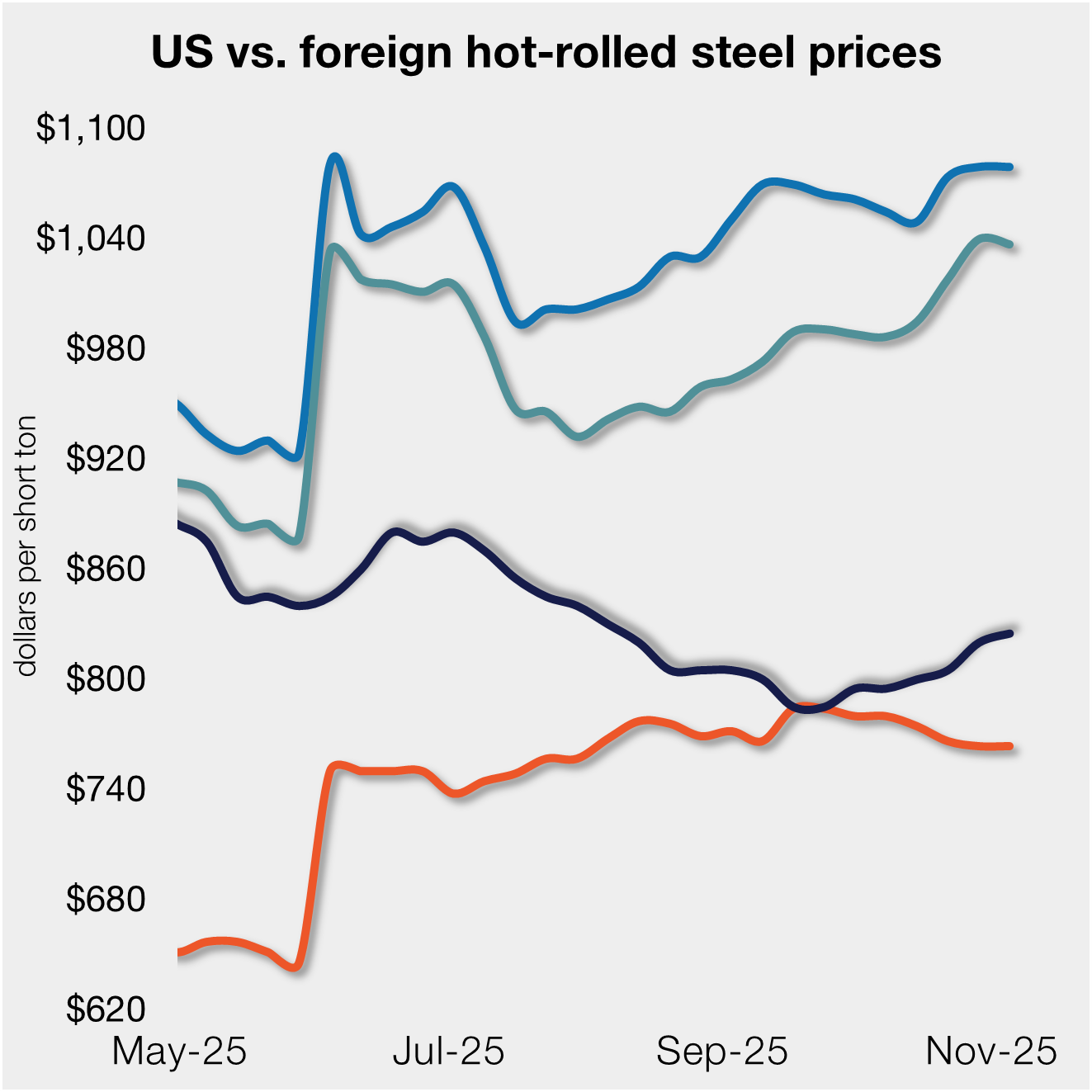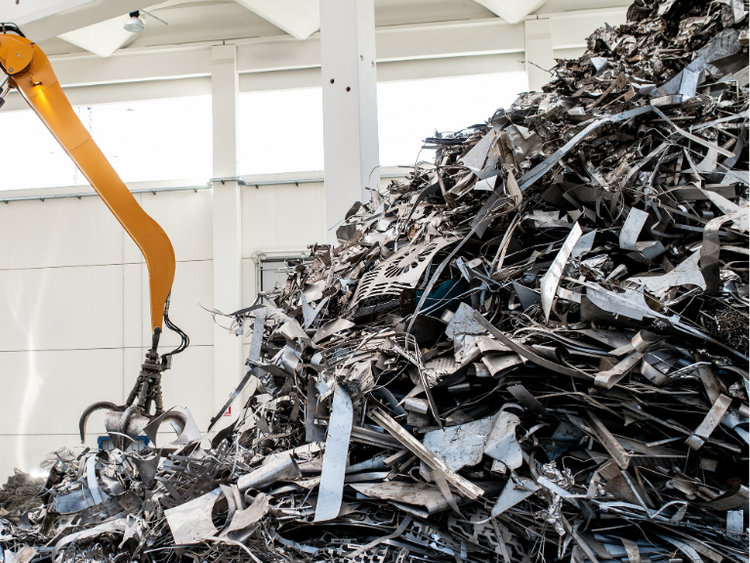Analysis

October 23, 2022
Final Thoughts
Written by Michael Cowden
The news about AD/CVD orders being removed from Brazil on Friday was notable in that it bucked, in a small way, the trend toward regionalism and protectionism that we’ve seen growing since at least 2014.
I noted in my initial writeup – as did Lewis Leibowitz in his deeper dive – that the market impact will probably be muted because Brazil’s participation in the domestic hot band market is limited by its Section 232 quota.
That said, I think we can also reasonably expect to see further nibbling at the edges when it comes to pricing, thanks in part to imports.
![]() I don’t know what price level Brazilian hot-rolled coil might be offered at. But we’ve heard lately that South Korean hot band offers are in the $600s per ton. And there is speculation in some corners that Korean mills might drop below that threshold and into the $500s per ton.
I don’t know what price level Brazilian hot-rolled coil might be offered at. But we’ve heard lately that South Korean hot band offers are in the $600s per ton. And there is speculation in some corners that Korean mills might drop below that threshold and into the $500s per ton.
You can’t fault imports alone. Domestic mills have been aggressive too. More than 90% of respondents to our last survey reported that US producers were willing to negotiate lower hot-rolled coil prices. I haven’t heard of domestic mills going below $600 per ton. But there has been talk of larger deals (even if they’re not technically spot deals) in the $600s per ton since at least August.
All of which is to say that I fully expect some domestic mills to protest the ITC decision to revoke duties on Brazilian hot rolled. We already have a template for that with Brazilian cold rolled. The ITC revoked duty orders on Brazilian cold rolled in July. Cliffs is already challenging the decision to allow those duties to “sunset”.
You could make a case that stronger import volumes are a sign of strong demand. But when the market turns, there is no such thing as a good import in the eyes of many domestic mills.
What’s somewhat ironic is that Brazil, thanks to Section 232, has become an almost indispensable part of the US steel supply chain. Brazilian slabs, while subject to a Section 232 quota, are not subject to the 25% tariff that Russia, for example, faces. And let’s just say we’re aware that certain domestic mills, even ones with captive melt capacity, will roll Brazilian slabs when the need arises.
Recall that Russia – an international pariah following the invasion of Ukraine – was once one of the biggest slab suppliers to the US market. And that brings me to just how much the trade landscape has changed since 2014.
That year, a good year for steel demand thanks in part to soaring energy prices, was also marked by high levels of imports. Those imports were not welcome when energy prices crashed and the market turned downward in late 2014 and into 2015.
Partly in response to that downturn, we saw a raft of trade cases from 2015-17 targeting hot-rolled, cold-rolled and coated flat-rolled steel as well as plate. Once familiar import sources – think Brazilian hot-rolled and Chinese cold rolled – were abruptly knocked out of the domestic market.
Whatever didn’t get hit by those Obama-era trade petitions was mopped up with Trump’s Section 232 tariffs in 2018, which continue into the Biden years – even if they have been eased on allies like the European Union, Japan, and the United Kingdom.
You could make the case that this era of steel-trade regionalism started with the official scrapping of the suspension agreement on Russian hot band on Christmas Eve 2014. Russia had previously been a big supplier of hot-rolled coil the US market with regular vessels between St. Petersburg and ports along the East Coast and Gulf Coast.
Severstal at the time was still a household name in the US market, even if the company had recently sold its US assets to Steel Dynamics Inc. (SDI) and the former AK Steel. Compare that to now, when the Russian steelmaker no longer ships to the US because of sanctions.
It didn’t have to be this way. Putin didn’t have to launch an invasion of Ukraine. That’s starting to feel like a theme for 2022 – it didn’t have to be like this.
Put another way: 2020 was our Covid year, 2021 was the snapback from the pandemic – both years were periods of unprecedented price volatility. It seems that 2022 is shaping up to be one of unprecedented geopolitical volatility. But perhaps pricing will return to more precedented levels?
If the landscape in 2023 remains roughly where it is now – so-so demand, normalish pricing, a war in Ukraine, and increased regionalism when it comes to trade – let’s just say I’d consider that not the worst of a range of possible outcomes.
Tampa Steel
Geopolitics, including the politics of energy, will be a hot topic at our Tampa Steel Conference, which is set for Feb. 5-7. You might recall a lively discussion on Ukraine last year, when the conference was held shortly ahead of the unexpected invasion by Russian forces. Don’t miss out on what promises to be an equally engaging conversation this year. You can register here.
By Michael Cowden, Michael@SteelMarketUpdate.com







